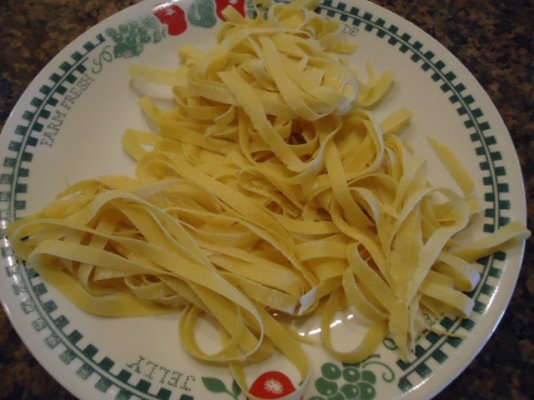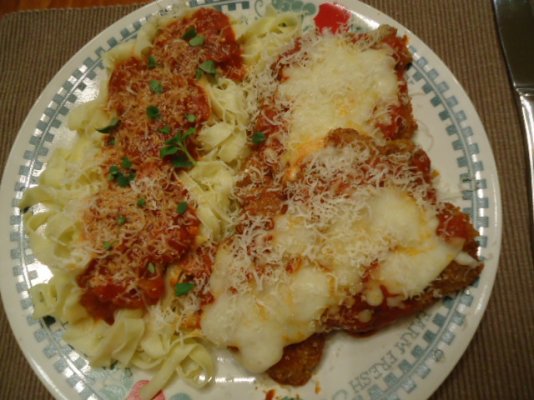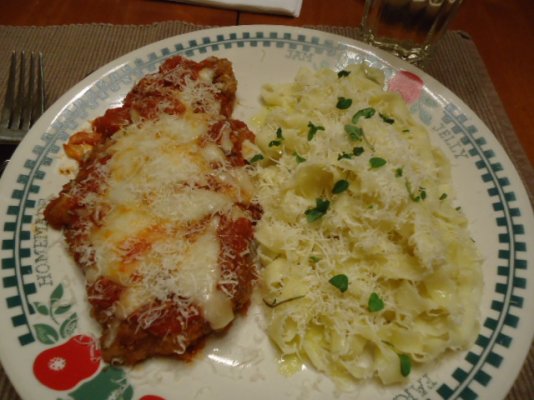Greg Who Cooks
Executive Chef
Although I've never worked in a kitchen, I try to use techniques that I expect professional chefs and sous chefs use. Two of my important tools are my instant read thermometer and my digital scale.
I imagine many restaurants use pre-measured products, cryovac bagged stuff, etc., no need to measure just grab one out of the box or fridge.
I'm frugal so I like portion control so as to not waste food by cooking too much--whatever is too much I either eat anyway (gaining weight) or put in the fridge which often just gets tossed, or scrape it from plate to garbage can.
Getting to pasta, the basic question is how much is enough? The situation is a bit different in restaurants, because food is cheaper than labor and customer satisfaction is important. Restaurants don't want to serve too little or hungry customers won't come back.
At home I want to cook just exactly the right amount, enough for a full serving, but not too much that I over eat or have to throw it away.
Some years ago when I was younger the dry weight for a serving was 3 oz. Several years ago (I'm getting older and like everybody my metabolism is slowing) so I've reduced the serving size (dry) to 2 oz.
I've discovered that less than 2 oz. can sometimes be enough. My question to others, what are your feelings on how much spaghetti to cook? -- Remember this is the before cooking weight I'm asking about.
BTW I imagine Italian restaurants always have vats of spaghetti cooking and they probably measure the cooked weight, or even with experience just grab what looks right and throw that on the plate.
I imagine many restaurants use pre-measured products, cryovac bagged stuff, etc., no need to measure just grab one out of the box or fridge.
I'm frugal so I like portion control so as to not waste food by cooking too much--whatever is too much I either eat anyway (gaining weight) or put in the fridge which often just gets tossed, or scrape it from plate to garbage can.
Getting to pasta, the basic question is how much is enough? The situation is a bit different in restaurants, because food is cheaper than labor and customer satisfaction is important. Restaurants don't want to serve too little or hungry customers won't come back.
At home I want to cook just exactly the right amount, enough for a full serving, but not too much that I over eat or have to throw it away.
Some years ago when I was younger the dry weight for a serving was 3 oz. Several years ago (I'm getting older and like everybody my metabolism is slowing) so I've reduced the serving size (dry) to 2 oz.
I've discovered that less than 2 oz. can sometimes be enough. My question to others, what are your feelings on how much spaghetti to cook? -- Remember this is the before cooking weight I'm asking about.
BTW I imagine Italian restaurants always have vats of spaghetti cooking and they probably measure the cooked weight, or even with experience just grab what looks right and throw that on the plate.




 :
:
